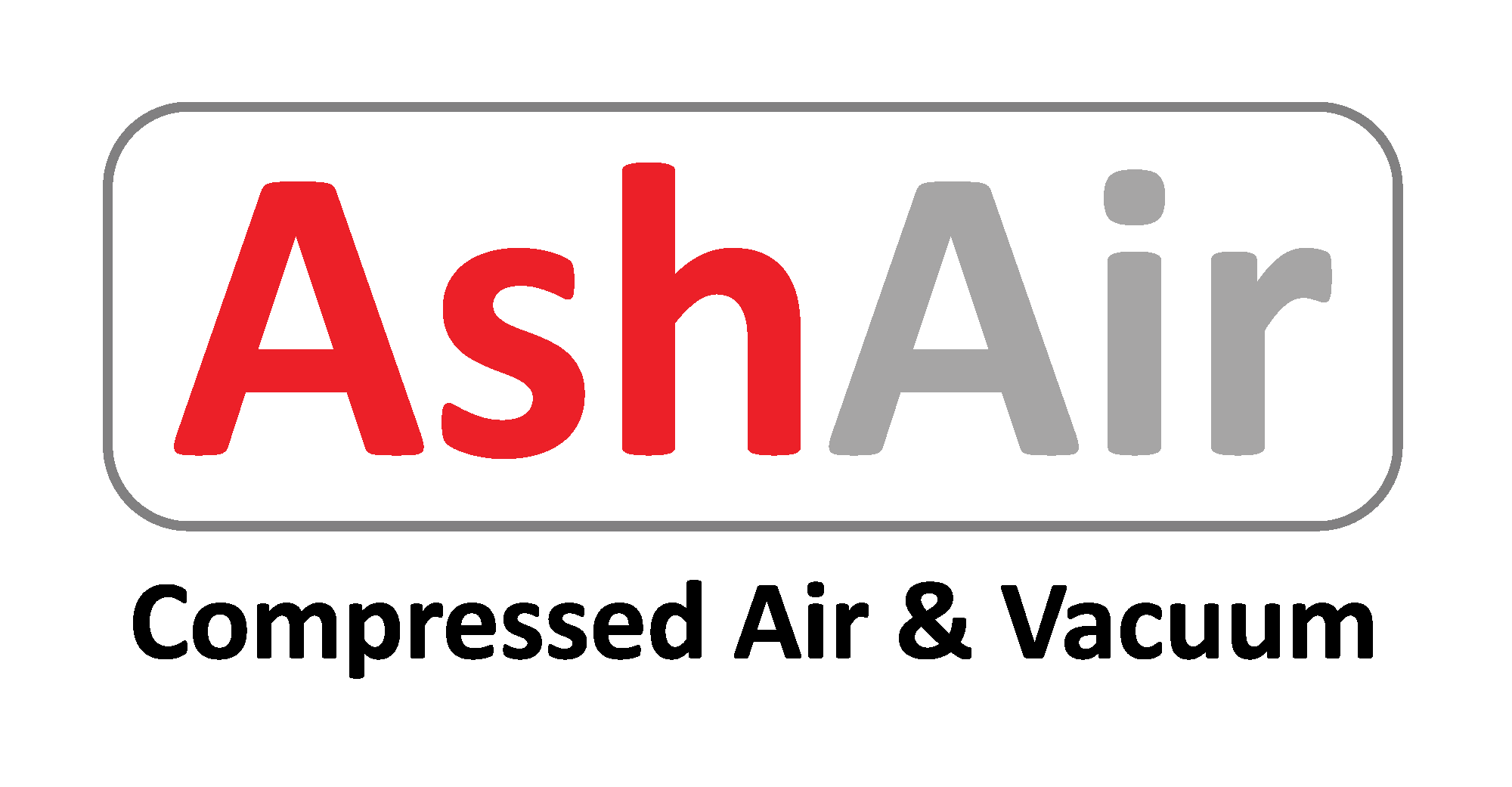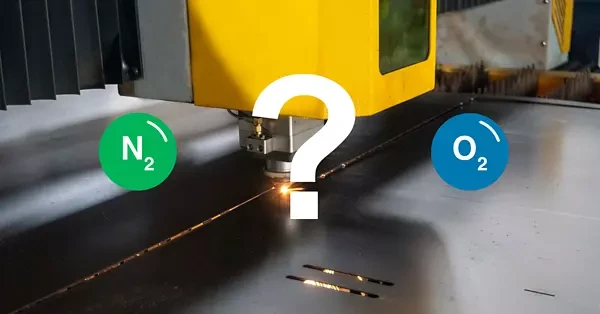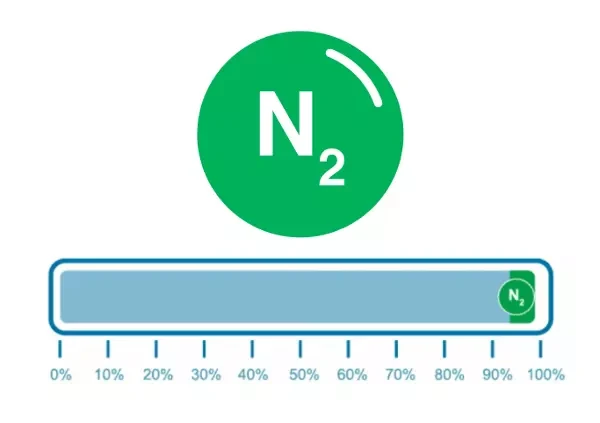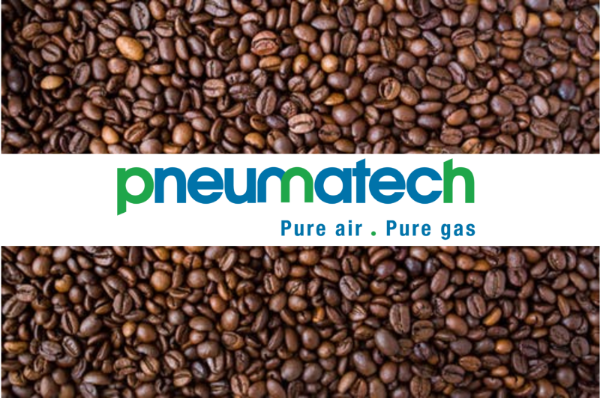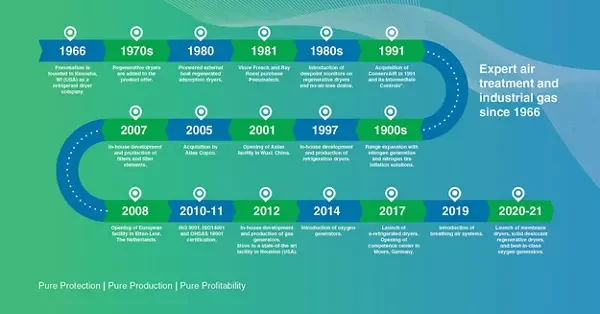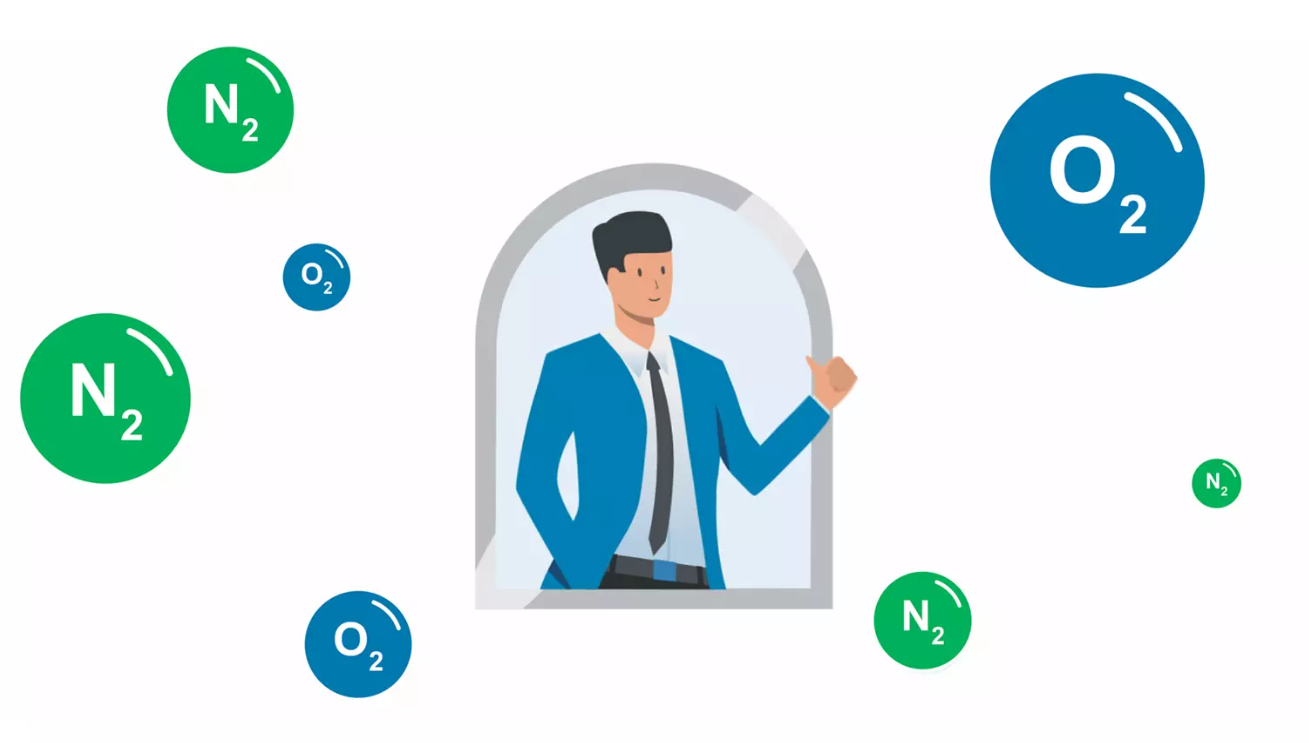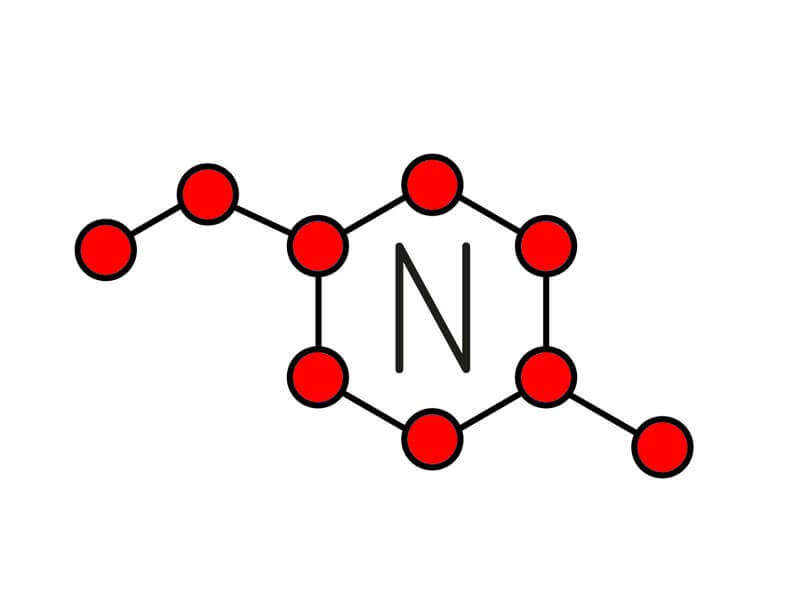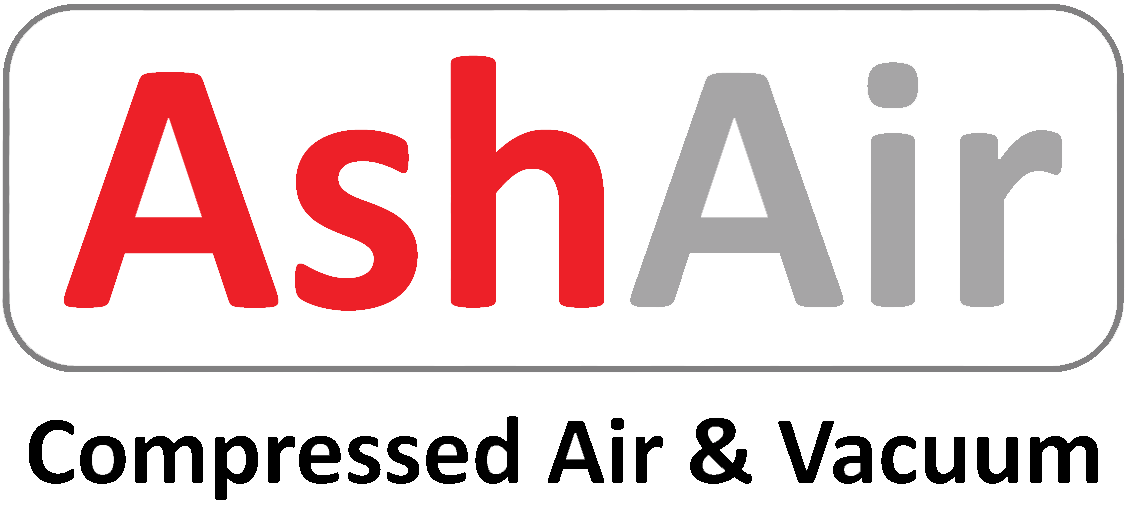Choosing the right assist gas in laser cutting: nitrogen or oxygen
When it comes to laser cutting and other industrial processes, the choice of assist gas is crucial in achieving optimal results. Nitrogen and oxygen are commonly utilized as assist gases, each with its own unique properties and applications. Understanding the characteristics of both gases, will help you to make an informed decision to ensure precision, efficiency, and cost-effectiveness in your operations. Read More…
